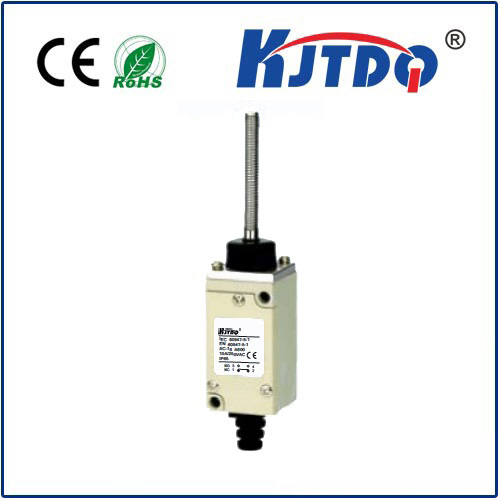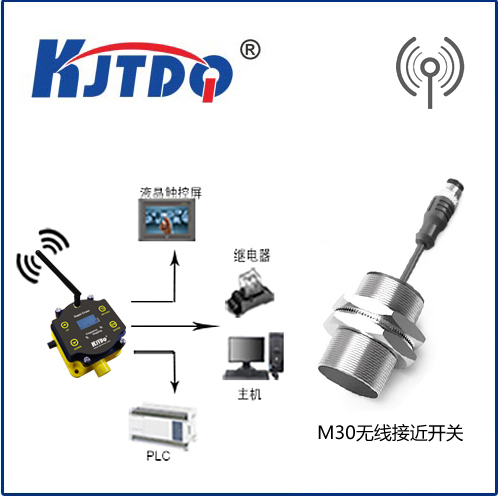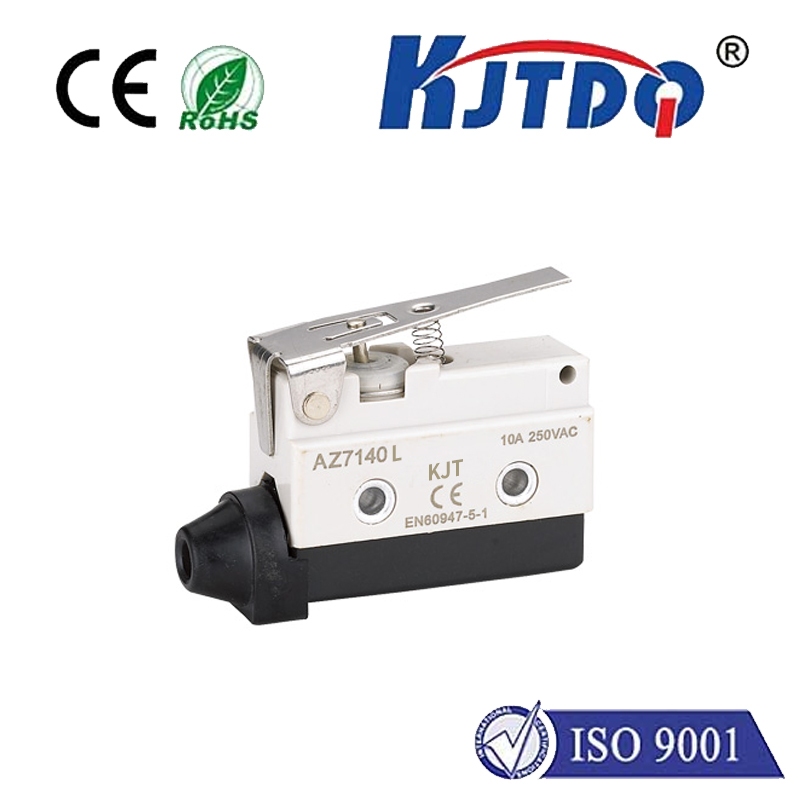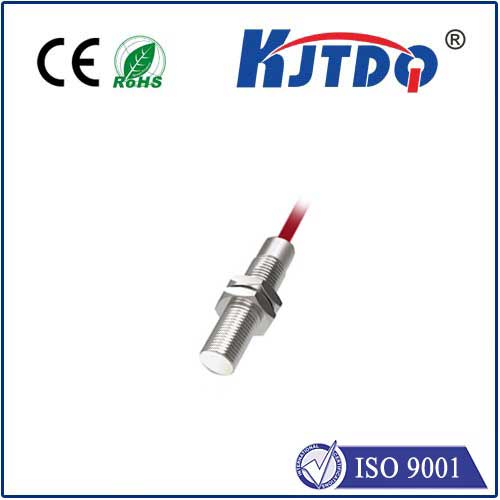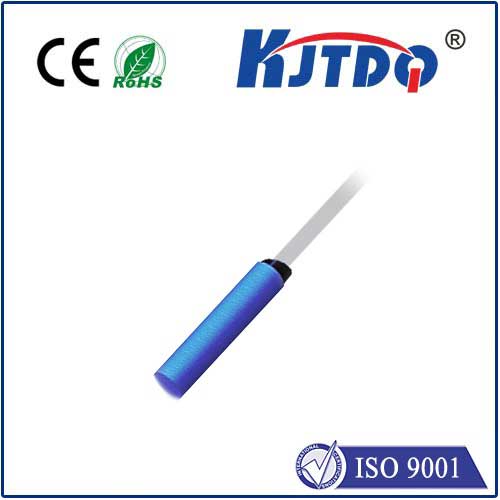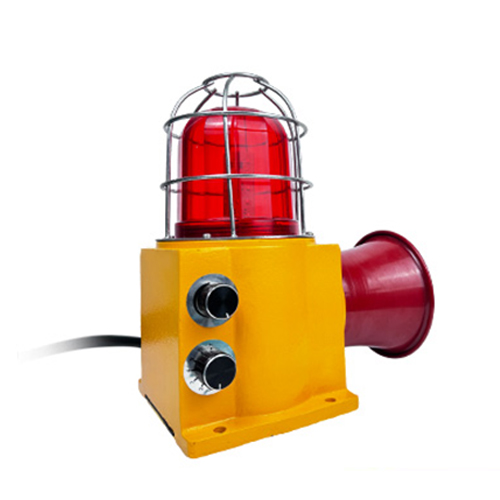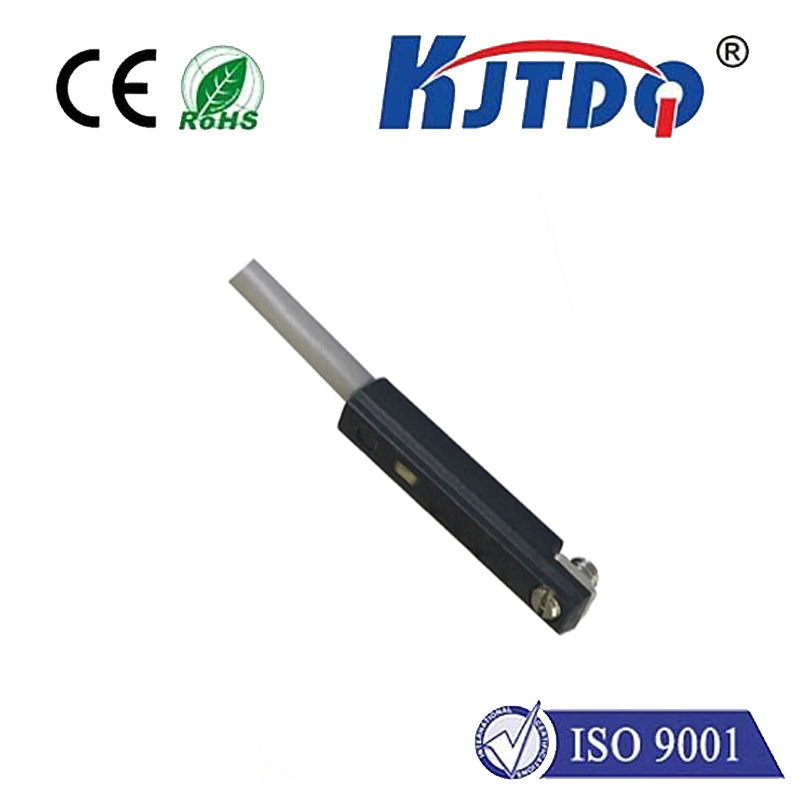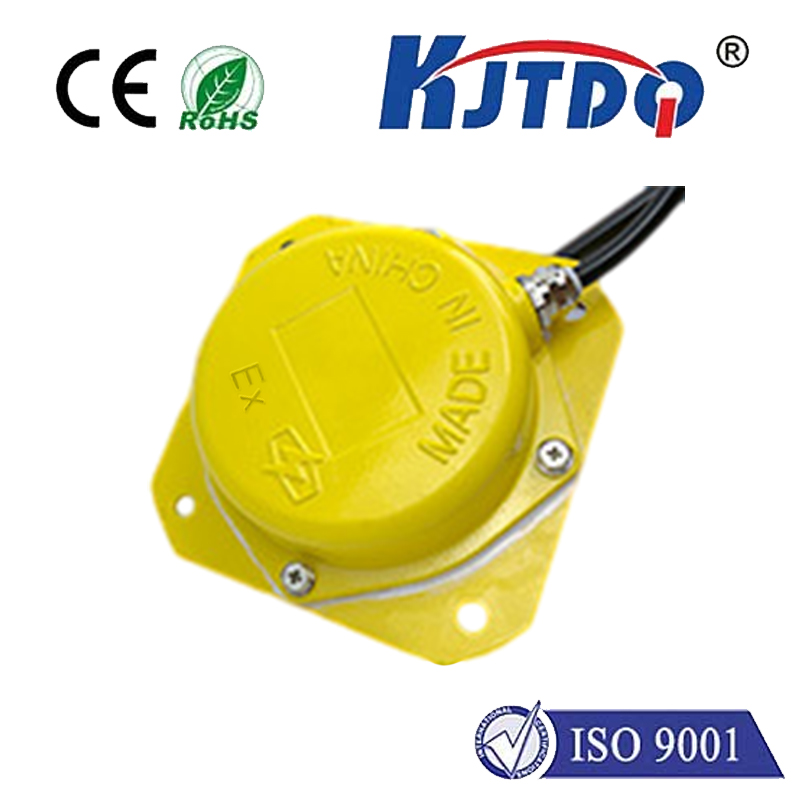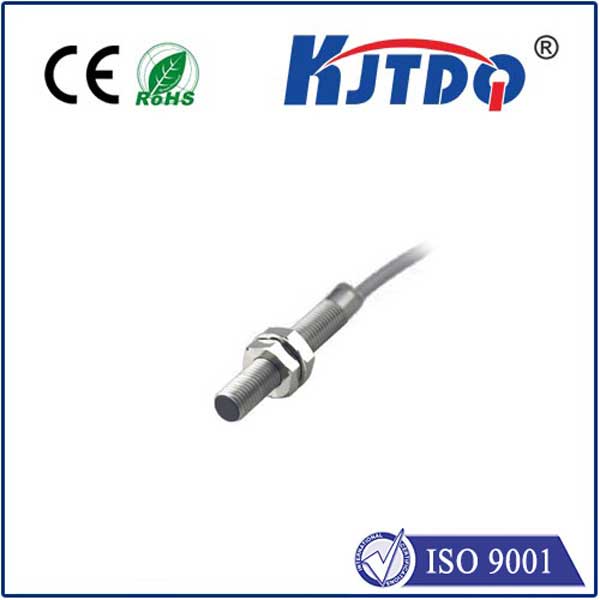

check

check

check

check

check

check

check

check

check

check
Title: Non-Contact Laser Measurement: Revolutionizing Accuracy and Efficiency
Introduction
In today's fast-paced world, precision and accuracy are paramount in various industries. One of the most promising advancements in technology is the development of non-contact laser measurement systems. These innovative instruments have revolutionized the way we measure distances, dimensions, and other physical properties, providing unparalleled accuracy and efficiency. In this article, we will explore the concept of non-contact laser measurement, its benefits, applications, and limitations.
Concept of Non-Contact Laser Measurement
Non-contact laser measurement utilizes a laser beam to capture accurate and reliable measurements without physically touching the object being measured. The laser beam is sent through a transparent or opaque medium, such as air or a solid material, and reflects off the object. The reflected light is then captured by a detector, which processes the data to determine the distance or other physical properties of the object. This method offers several advantages over traditional contact-based measurement techniques, including:
1. No physical contact: Non-contact laser measurement eliminates the need for direct contact between the measurement instrument and the object being measured, reducing the risk of damage or contamination.
2. Versatility: Non-contact laser measurement can be used to measure a wide range of physical properties, including distances, angles, volumes, and shapes, making it suitable for diverse applications.

3. High precision: Non-contact laser measurement systems typically offer higher precision and accuracy compared to contact-based methods, especially when measuring small or complex objects.
4. Easy operation: Non-contact laser measurement systems are generally user-friendly and require minimal training or expertise, making them accessible to a wide range of users.
Benefits of Non-Contact Laser Measurement
Non-contact laser measurement offers numerous benefits that make it an attractive option for various industries and applications. Some of the key advantages include:
1. Improved safety: By eliminating the need for physical contact with the object being measured, non-contact laser measurement reduces the risk of injury or contamination.
2. Increased efficiency: Non-contact laser measurement systems can quickly and accurately measure large volumes or complex objects without requiring manual intervention, saving time and resources.
3. Enhanced flexibility: Non-contact laser measurement can measure a wide range of physical properties, allowing users to tailor their measurements to specific requirements or needs.
4. Reduced cost: While non-contact laser measurement systems may have a higher initial investment than traditional contact-based methods, they often offer lower operating costs in the long run due to their energy efficiency and reduced maintenance requirements.
Applications of Non-Contact Laser Measurement
Non-contact laser measurement has found applications in various industries, including manufacturing, engineering, healthcare, agriculture, automotive, and construction. Some common applications include:
1. Distance measurements: Non-contact laser measurement can be used to accurately measure distances between objects, such as dimensions in manufacturing or testing environments.
2. Object alignment: Non-contact laser measurement can be used to align objects within a precise position, ensuring consistent quality in production processes.
3. Volume measurements: Non-contact laser measurement can be used to calculate the volumetric contents of containers or materials in manufacturing and logistics settings.
4. Reflections analysis: Non-contact laser measurement can be used to analyze reflections from surfaces or objects, providing insights into their properties or performance.
Limitations of Non-Contact Laser Measurement
